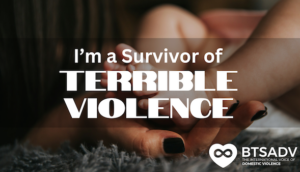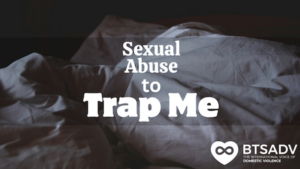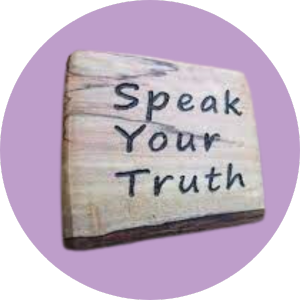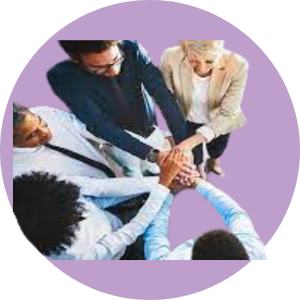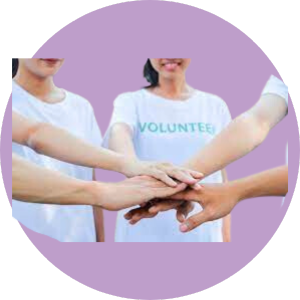The characteristics of our identities are multi-faceted. They are based on our race, class, gender, sexuality, faith, nationality, and many other factors. But these aspects don’t just stack up on top of each other to create the layered people we all are. Instead, they interact, intersect and collide. This places us in a grey area, where we don’t feel 100% like any one of our identities. The ways in which our multiple identities interact can also potentiate discrimination associated with each of them. However, the Law doesn’t fully address the complex issues of the victims and survivors who live in this grey-area.
Intersectionality = Grey-Area
Before 1964, General Motors did not hire black women. In the early 1970s, a recession that brought about seniority-based layoffs hit. The firm laid off all black women hired after 1964. Five black women sued General Motors, claiming that its policies were targeted solely at black women. In the DeGraffenreid v. General Motors 1976 case, Judge Harris Wangelin ruled against the plaintiffs. This was done by arguing that black women shouldn’t be deemed a separate legal class. What he failed to realize was that these women were under a double bind that required special attention. The layoffs did not seem prejudiced against black men or against white women. However, it was prejudiced towards those at the intersection of race and gender who suffered from the firm’s policies.
In 1989, black feminist Kimberlé Crenshaw coined the term “intersectionality.” She describes it as a unique framework for understanding how different forms of disadvantage associated with each of our identities sometimes compound themselves (Crenshaw 1991). In the previous example, the General Motors workers’ disadvantage of being black ganged up with their disadvantage of being a woman in the 1970s.
Grey-Area in Domestic Violence
Crenshaw further pointed out that mainstream feminist and anti-racist institutions resisted publishing socio-demographic statistics about victims and perpetrators of domestic violence. They feared authorities would use these statistics to portray DV as a minority crime, reinforce negative racial stereotypes, and ultimately cut off their financial support. Collins (2017) furthered this claim, arguing that mainstream feminist research tends to focus on domestic violence against white women whereas racial scholarship usually looks into public violence against black men (such as police brutality). Mainstream research thus somewhat overlooked domestic violence against black women, pushing black female victims to the backdrop of the social debate on intimate partner violence.
Types of Intersectionality Within Domestic Violence and Survivors
So, how can we use the framework of intersectionality to better help survivors of domestic violence? Ultimately, intersectionality is a tool that allows us to pinpoint why victims are treated differently. It also helps us identify the ways in which laws need to change to accommodate survivors whose intersecting identities push them to the margins of existing DV legislation.
Immigration status
Migrants are often at high risk of domestic violence (Morash et al. 2009). In addition, being an immigrant is usually a racialized identity, which adds another layer of complexity to the experiences of migrant survivors. One of the particular vulnerabilities associated with migrants’ identity, especially for illegal immigrants, is their legitimate reluctance to report their abuse for fear of deportation, which national citizens don’t face.
An officer described how the police handled the case of a migrant survivor in the UK as follows:
The police came round and found her [the survivor] unconscious on the floor and found him strangling her … he was arrested… she disappeared. … only through going back through their records [were we] able to find a phone number (Day and Gill, 2020).
In the end, the police referred the victims to immigration services:
we’d have to refer that to the Border Agency, but we’d also refer that in the context of how we’ve come across them… we’d have to do a Nacro check and things like that on the suspect, and similarly if we think the victims are here illegally.
(Day and Gill, 2020)
This account highlights the dangers of our failure to acknowledge the intersecting vulnerabilities migrant survivors face, particularly illegal ones. Whereas we might not, abusers who are not migrants themselves most certainly do, and they will use the cruel ways in which the criminal system treats migrant survivors against them.
Pregnancy and Class
Pregnant working women may suffer employment discrimination and see their wages or career progression hindered as a consequence; worse, they are at a higher risk of being fired. Women in low-paid or precarious jobs may not have access to even basic maternity employment rights (James 2012), sometimes having to rely on their abusive partners for financial support. Intersectionality is at play in the lives of pregnant working survivors because their limited financial resources interlock with their vulnerability as new mums. What are their intersecting vulnerabilities? As a woman, a new mother, and someone who might struggle financially to escape their abuser, pregnant working survivors need and deserve to see their compounding vulnerabilities recognized by employers, legislators, shelters, helplines, and other resources. They deserve their situation to be seen through the lens of intersectionality.
Gender
The intersection of gender with other identities fosters discrimination against not only female survivors but also men.
On the one hand, by-standers and the criminal system sometimes use male survivor’s gender to belittle their pain, directly or indirectly telling them to “man-up”. On the other hand, this appeal to toxic masculinity may headbutt survivors’ identity as someone who thinks it’s morally wrong to harass or strike back. Here also, the concept of intersectionality can help us understand why male survivors are usually not afforded sufficient recognition, as noted by a DV advocate:
I’ve got a male client… he’s a straight man in a relationship with a woman; she’s harassed him a lot. When the case didn’t go to charge, because … there wasn’t enough evidence, the police officer in the case said to the victim, ‘Taking my police officer’s hat off, this is because you’re a man’ .
(Day and Gill, 2020)
Moving Forward
As a survivor and/or advocate, you can use the framework of intersectionality to better understand the inequalities that DV victims who are very different from you face on a daily basis. Ask yourself: How can this victim’s identities (race, gender, class, sexuality, etc.) put them at a higher risk of discrimination? Does current legislation honor the struggles that this victim faces? For example, should victims who are illegal immigrants face arrest or deportation given their vulnerabilities as an immigrant and a DV victim?
Your thoughts on these questions can advance current debates on how DV legislation should change to accommodate the intersecting identities of more survivors and victims. Your voice can help press for more awareness and better laws.
References
[1] Collins, P. (2017), ‘“On Violence, Intersectionality and Transversal Politics,” Ethnic and Racial Studies’, Taylor & Francis, 40: 1460–73.
[2] Crenshaw, K. (1991), ‘Stanford Law Review Mapping the Margins : Intersectionality, Identity Politics, and Violence against Women of Color’, Stanford Law Review, 43: 1241–99.
[3] Day, A. S., & Gill, A. K. (2020). Applying intersectionality to partnerships between women’s organizations and the criminal justice system in relation to domestic violence. The British Journal of Criminology, 60(4), 830-850.
[4] James, S. (2012), Sex, Race and Class—The Perspective of Winning: A Selection of Writings 1952– 2011. The Merlin Press.
[5] Morash, M., Erez, E., Adelman, M. and Gregory, C. (2009), ‘Intersections of Immigration and Domestic Violence’, Feminist Criminology, 4: 32–56.
